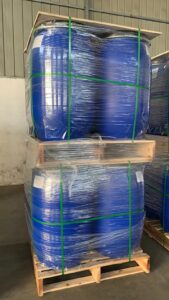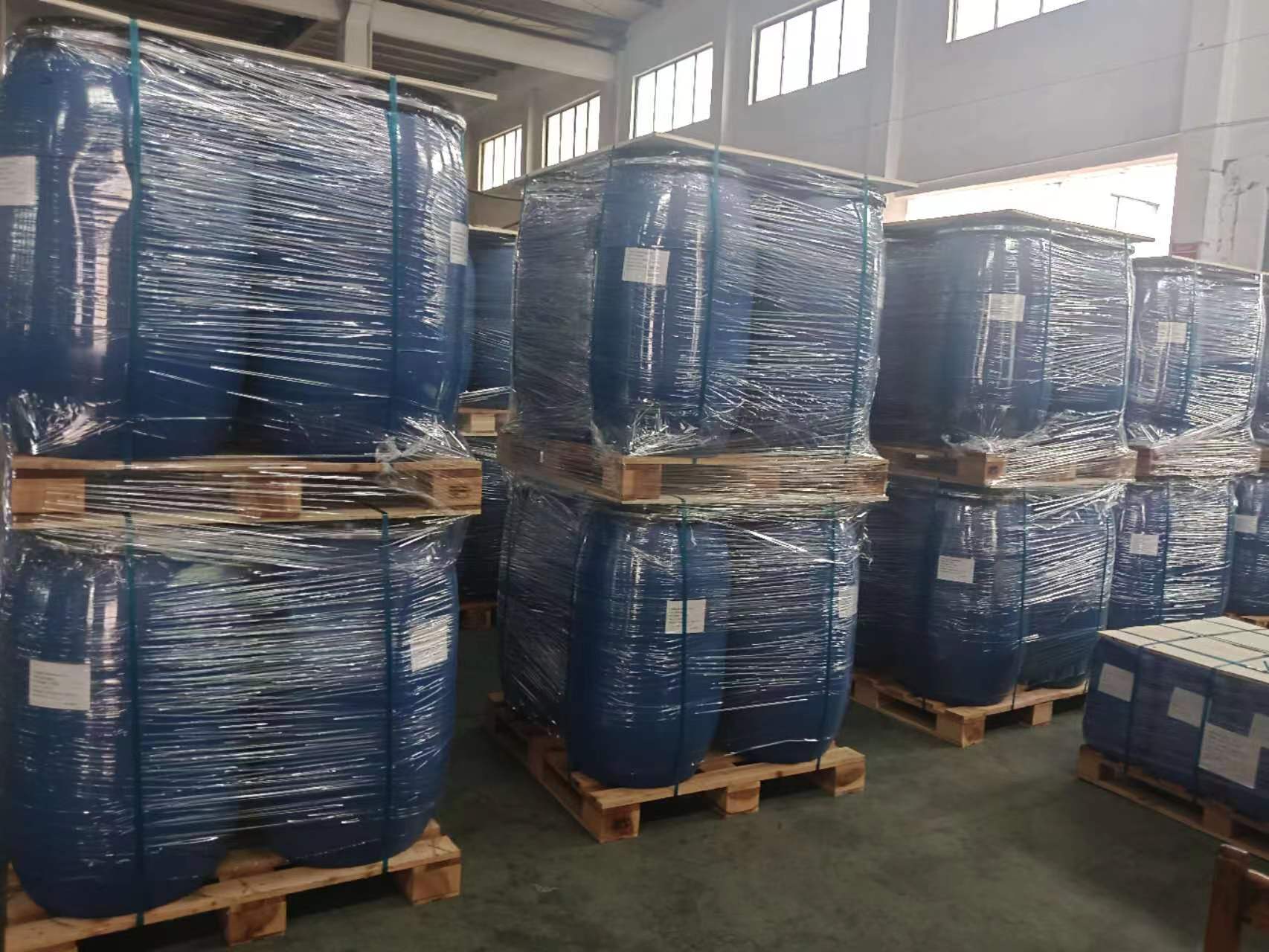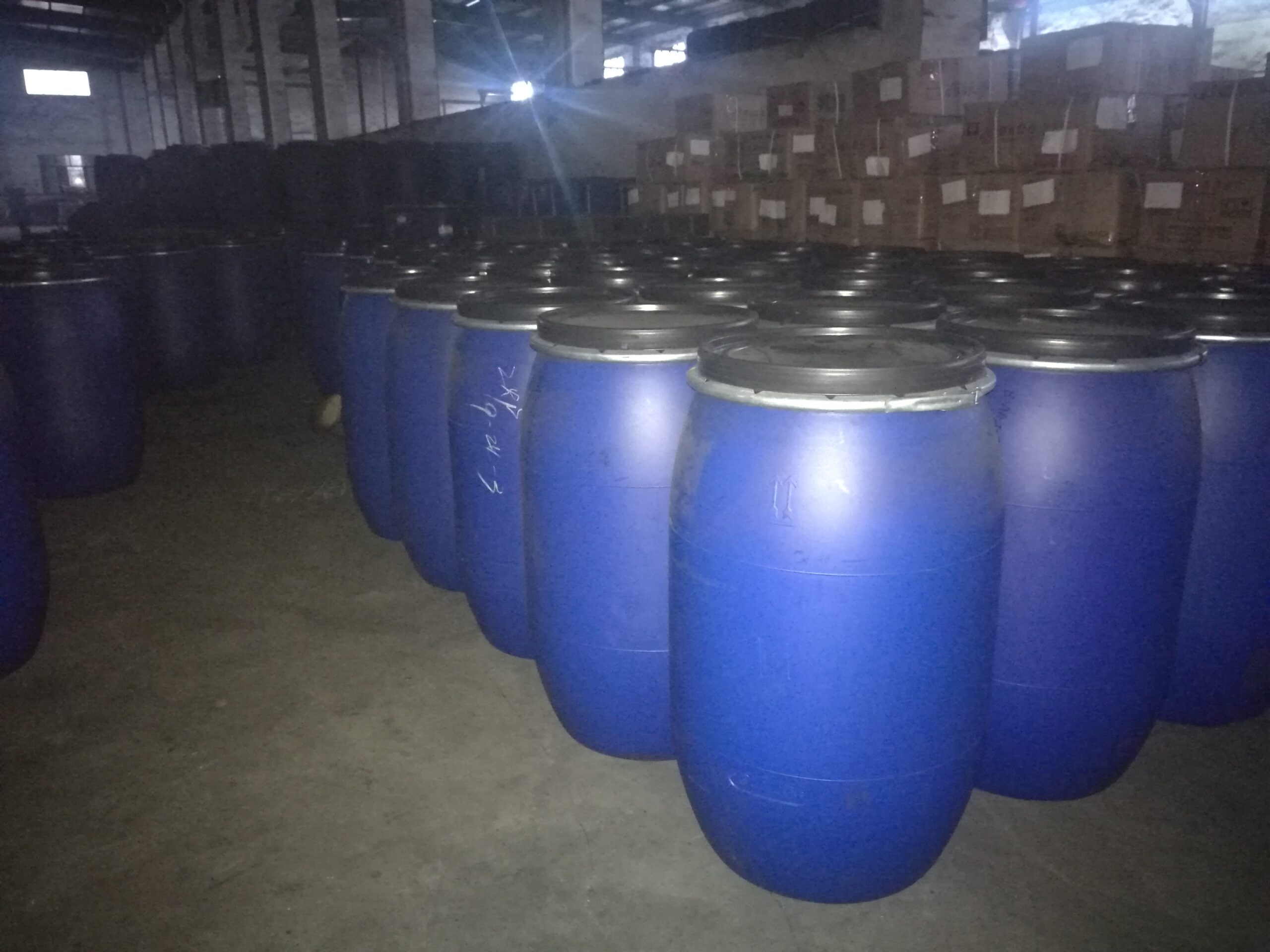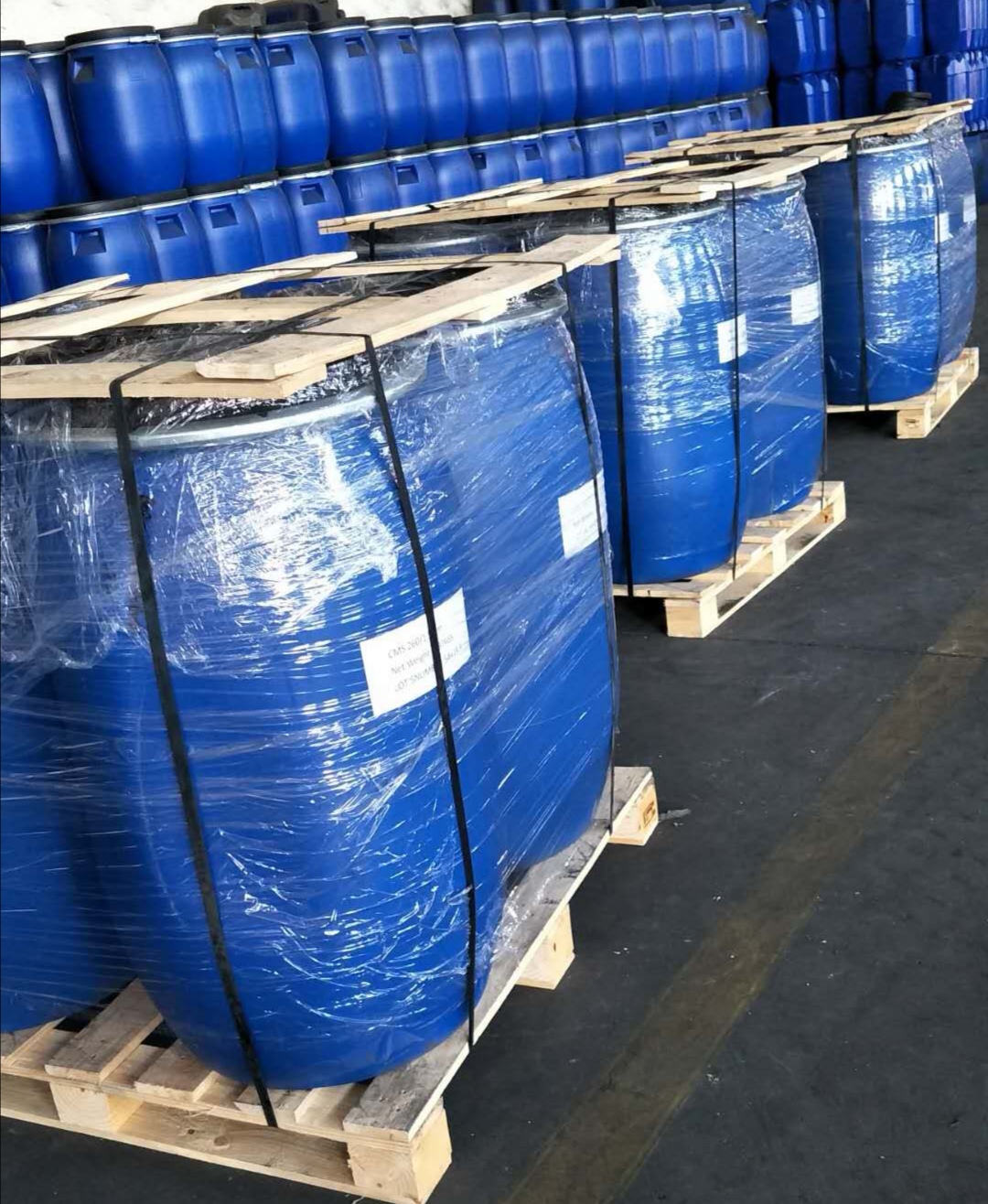Pharmaceutical nitrogen generator, medicinal high-purity nitrogen generator technology
A nitrogen generator (also known as a nitrogen generation device or system) is a device that uses compressed air as the raw material and employs a type of adsorbent called carbon molecular sieve to selectively adsorb nitrogen and oxygen, thereby separating nitrogen from the air. Depending on the classification method, namely deep cooling air separation method, molecular sieve air separation method (PSA), and membrane air separation method, the nitrogen generators used in industry can be divided into three types.
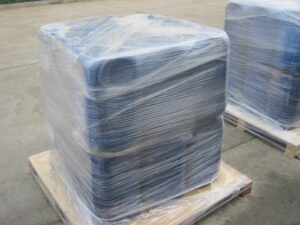
From a technical principle perspective, the nitrogen generator is a nitrogen gas equipment designed and manufactured based on pressure swing adsorption technology. The nitrogen generator uses imported carbon molecular sieve (CMS) as the adsorbent and adopts the principle of pressure swing adsorption (PSA) at normal temperature to separate air to produce high-purity nitrogen. Usually, two adsorption towers are connected in parallel, and the imported PLC controls the inlet pneumatic valve to operate automatically, alternating between pressurized adsorption and depressurized regeneration to complete nitrogen-oxygen separation and obtain the required high-purity nitrogen.
From the working process perspective, the nitrogen generator compresses air through a compressor, then enters a dehydrator for cryogenic drying to meet the dew point requirements of the pressure swing adsorption nitrogen generation system for the raw air. Then, it passes through a filter to remove oil and water from the raw air and enters an air buffer tank to reduce pressure fluctuations. Later, the pressure is adjusted to the rated working pressure by a pressure regulating valve and sent to two adsorption towers (containing carbon molecular sieves), where the air is separated and nitrogen is produced. The raw air enters one of the adsorption towers and produces nitrogen; the other adsorption tower undergoes depressurization and regeneration.
The two adsorption towers alternate to work, continuously supplying raw air and continuously producing nitrogen. The nitrogen is sent to a nitrogen buffer tank, where the pressure is adjusted to the rated pressure by a pressure regulating valve; then, it is measured by a flow meter and analyzed by a nitrogen analyzer. Qualified nitrogen is reserved, and unqualified nitrogen is vented (when the nitrogen generator is first started).
The nitrogen generator is convenient and fast in producing nitrogen gas. Due to its advanced technology and unique air flow distributor, the air flow is more evenly distributed, and the carbon molecular sieve is utilized. Within 20 minutes, qualified nitrogen can be provided. It is easy to use, with a compact equipment structure, modular assembly, small占地面积, no need for infrastructure investment, low cost, and only the connection of power supply is required to produce nitrogen. Compared to other nitrogen supply methods, it is more economical. Because the PSA process is a simple nitrogen generation method, using air as the raw material, the energy consumption is only the electricity consumed by the air compressor, with advantages such as low operating cost, low energy consumption, and high efficiency. With the advancement of automation technology, the nitrogen generator is designed based on mechatronics integration to achieve automatic operation, that is, imported PLC controls the fully automatic operation, with adjustable nitrogen flow, pressure,purity, and continuous display, enabling unmanned operation.
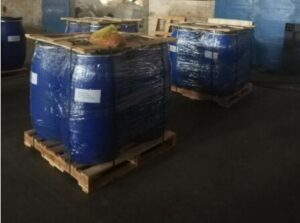
In the pharmaceutical industry, the requirements for medicinal nitrogen are very high, with a need for high purity. The medicinal nitrogen generator is different from other nitrogen gas equipment because the international standard GMP regulations for the pharmaceutical industry stipulate that parts in contact with drugs or drug solutions must be made of stainless steel and have requirements for sterilization. The equipment must be made of stainless steel, and a sterilization filter device is installed at the nitrogen gas outlet. Also, due to the high overall requirements for equipment by pharmaceutical factories, they usually have configurations. It is understood that with the improvement of GMP standards, many pharmaceutical machinery factories are also making efforts in this area, and there are many standard-compliant medicinal high-purity nitrogen generators on the market. Medicinal high-purity nitrogen generators are suitable for food, pharmaceutical industries, water injection, powder injection, large-volume infusion drugs, as well as biochemical, isolation transportation nitrogen supply equipment. They are mainly composed of a compressed air post-treatment system, PSA pressure swing adsorption system, and precise gas filtration and sterilization system.
Industry insiders introduce that the medicinal high-purity nitrogen generator adopts the international new PSA nitrogen generation process, fully polished stainless steel treatment, and unique adsorption tower structure design, ensuring the production of high-purity nitrogen (higher than international oxygen-free requirements), enabling the nitrogen purity to reach over 99.99%, without heat sources or bacterial colonies, and meeting the GMP production requirements of the international pharmaceutical industry. At the same time, the use of automatic control and monitoring systems enables the equipment to achieve automated operation, allowing for unmanned operation. It is widely used in the pharmaceutical industry.
Only equipment that meets standards can ensure the safety of pharmaceutical production. Nitrogen generator equipment enterprises should adhere to honest business practices and make more efforts in improving equipment performance and technology to better serve the pharmaceutical industry.
